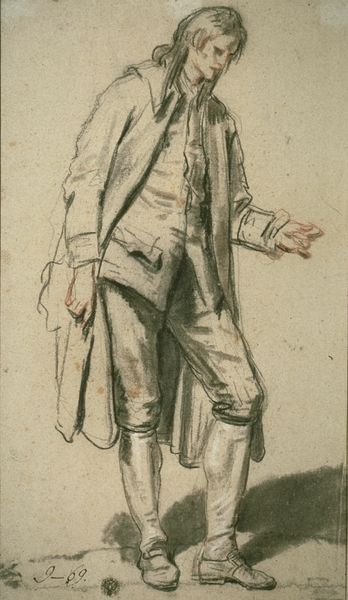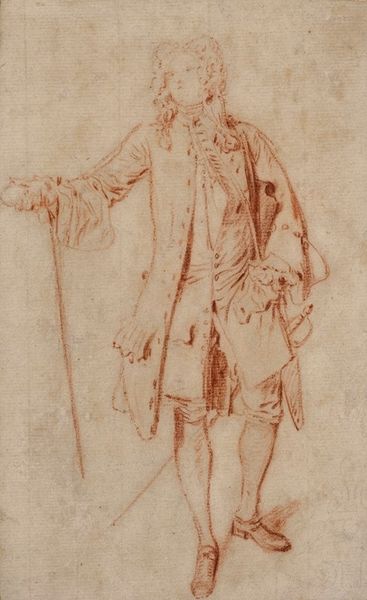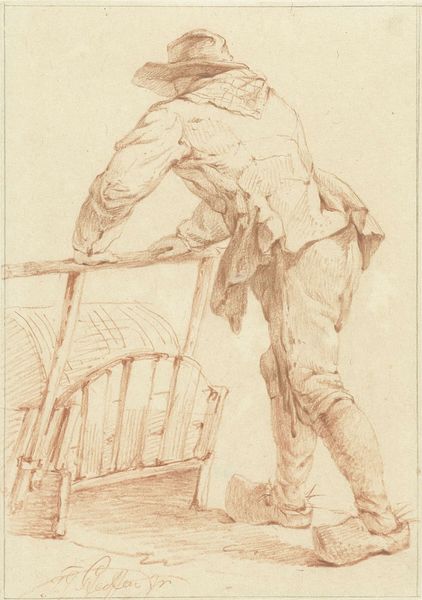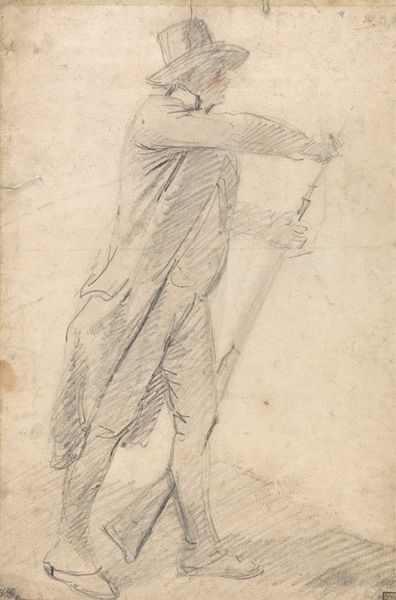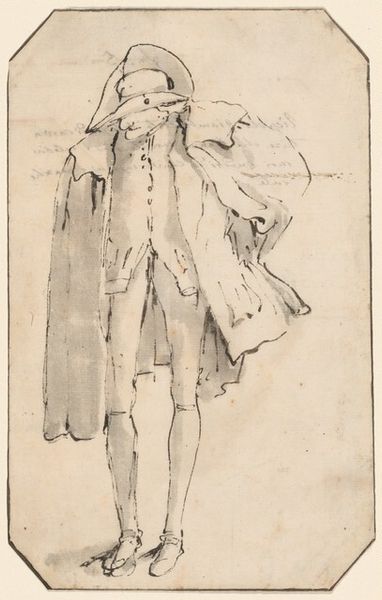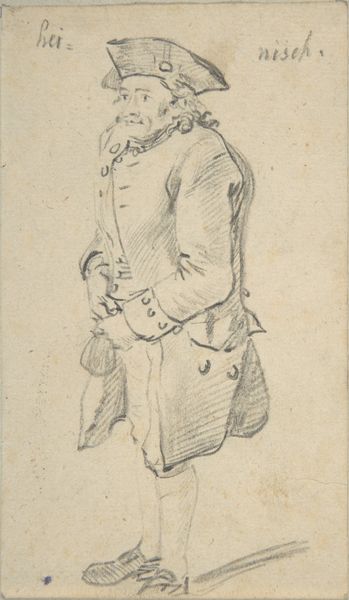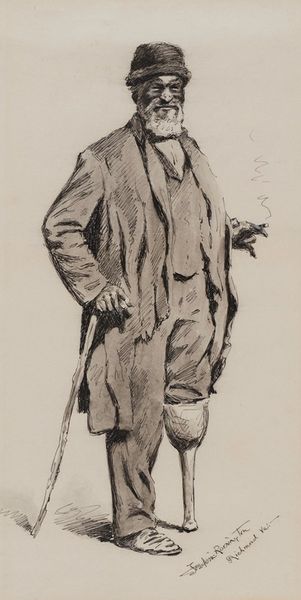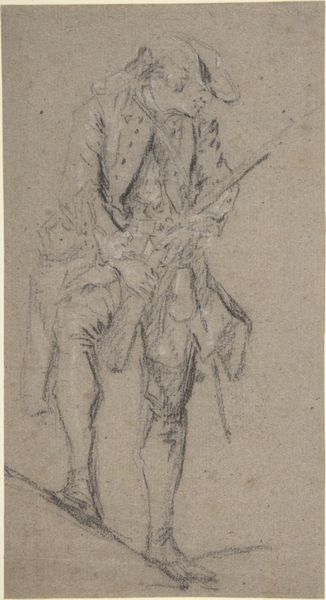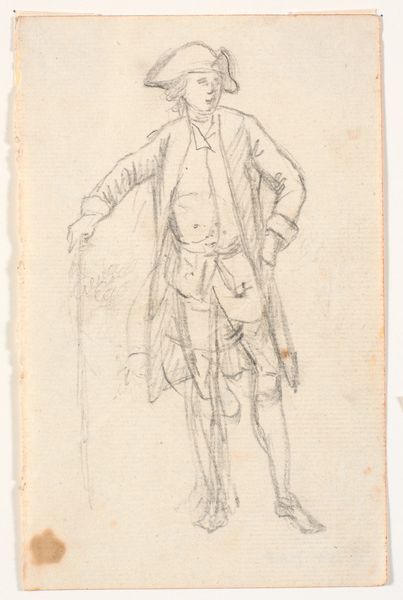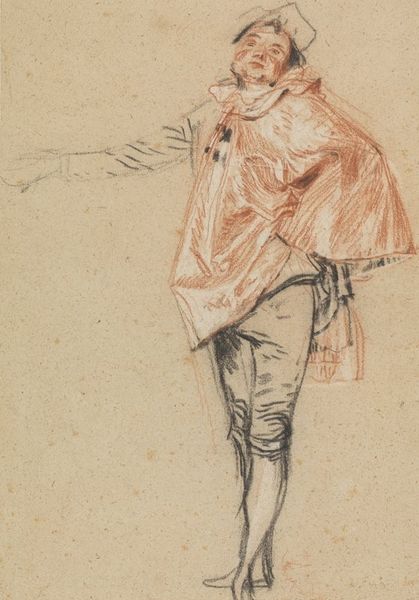
drawing, pencil
#
portrait
#
drawing
#
neoclacissism
#
charcoal drawing
#
pencil drawing
#
pencil
#
history-painting
#
academic-art
Copyright: Public Domain: Artvee
Curator: We're now viewing "A Gentleman," a pencil and charcoal drawing executed by John Singleton Copley between 1776 and 1780. Its aesthetic leans heavily into neoclassicism, very typical of the academic portraiture from that era. Editor: The immediacy of the pencil work! It feels like peering over Copley’s shoulder as he sketches, all soft lines and hints of a man caught in a fleeting moment. Sort of melancholic, don’t you think? Curator: Melancholic might be one interpretation. But consider the composition—the deliberate contrapposto stance, the gaze directed confidently outwards. Copley masterfully uses line and shadow to convey not sadness, but rather self-assuredness, a restrained elegance entirely fitting for the gentleman depicted. Note the subtle yet confident handling of form and space. Editor: Elegance, sure, I see it. But I also sense a weightiness in his stance, as if the burdens of his status press down even as he attempts to project nonchalance. And that barely-there smile... it hints at complexities. Almost as if he wonders if anyone truly appreciates all of his fabulous accomplishments! Curator: A speculative narrative, intriguing yet untethered from the inherent structure of the artwork. This pencil work— its cross-hatching, its gradations— all indicate a classical commitment. It emphasizes form and likeness but, furthermore, alludes to the ideal of refinement that defined Neoclassical portraiture. Editor: All that talk about formal structure is informative, absolutely. But sometimes I think a good work grabs you on the gut-level before it engages your head. This piece, it's whisper-quiet yet powerful, a captured moment, and almost sad. Copley immortalizes an elite, yes, but this particular gentleman seems lost to something just beyond the page. Curator: Perhaps. Yet Copley's construction stands as a testament of a studied observation and academic skill. Thank you for your alternative perspective. Editor: And thank you for bringing the precision to see beyond first impressions. There is clearly a world here of training and thought to see.
Comments
No comments
Be the first to comment and join the conversation on the ultimate creative platform.

